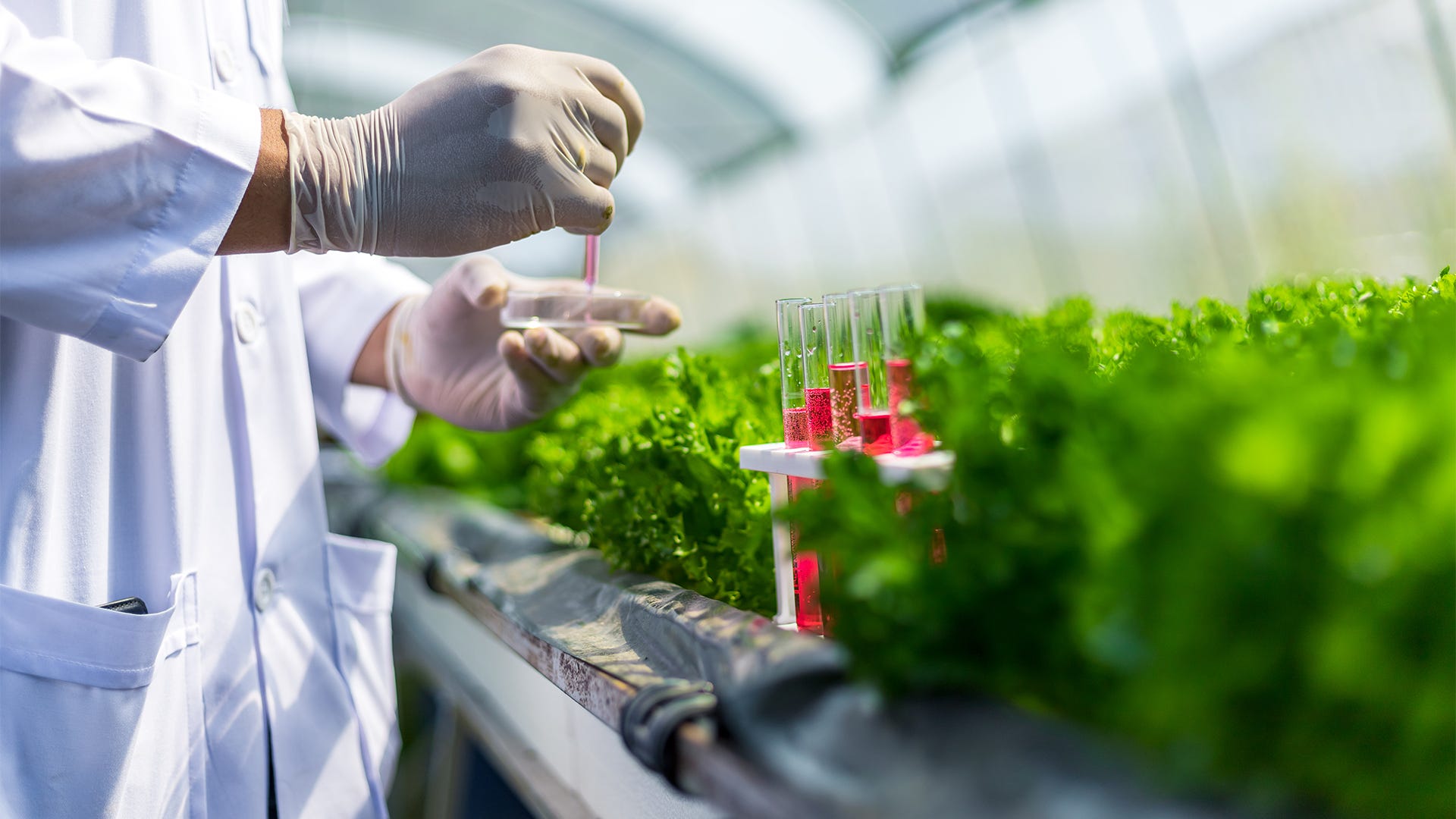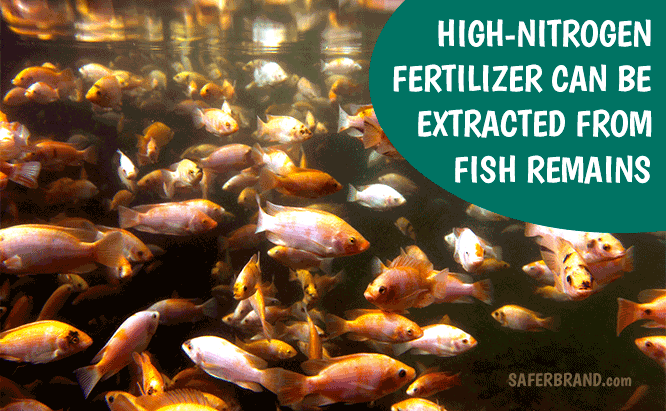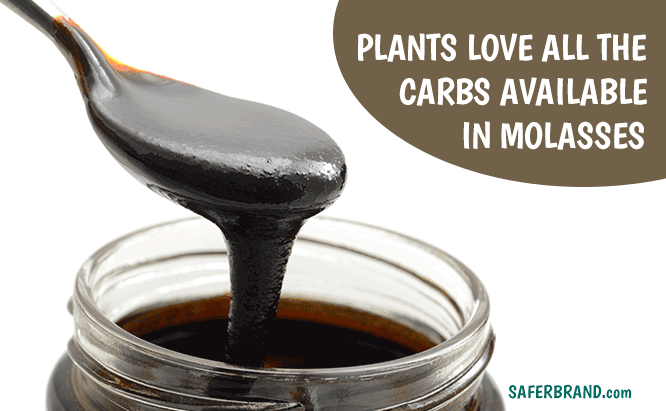
When you’re looking at plant nutrients and fertilizers, you may run into some confusing terms on their labels. Not everyone, including backyard hobbyists and seasoned growers, may understand the terms being used, so we’ve created this helpful glossary to help you understand what the labels are really trying to tell you.

- Acidulated Fish Tankage – This fertilizer supplement is extracted from oily remains of fish and is high in nitrogen and other beneficial nutrients.
- Amino Acid – By assisting nutrient intake, amino acids are an extremely valuable component to fertilizers. Adding the right amino acids to a hydroponic garden can produce dramatic results for these plants.
- Bone Meal – This powder is created from finely ground animal bones, and is often pulled from slaughterhouse waste material. This powder is a good source of protein and phosphorus for your plants.
- Budding – This plant stage occurs as it begins developing embryonic shoots. During this stage, phosphorus is especially important.
- Feeding Schedule – This chart explains how much fertilizer a plant needs based on its stage of growth. It also shows the particular nutrients that are best for it during that stage.
- Filtered – When applying liquid fertilizers to a hydroponic system, it’s best to seek out fertilizers that have been filtered to remove excess debris. If too many debris are introduced into a hydroponic system, sludge can accumulate in the system and block it.
- Flowering – This plant stage occurs as an adult plant is ready to reproduce. During this stage, potassium is especially important. At this final stage, fruits and vegetables ripen.
- Lysine – This amino acid is extracted from fermented corn. Lysine triggers better synthesis of chlorophyll and improves drought resistance.
- Molasses – This syrup is extracted from sugar cane or sugar beets. When applied to fertilizer, molasses helps beneficial microbe populations grow in your soil or nutrient solution. Likewise, this carbohydrate-rich liquid assists plants as they develop, grow new cells and produce flowers and blooms.
- Nitrogen (N) – One of the primary components of fertilizer, nitrogen is found in many organic compounds. It is vital for forming amino acids, one of the foundational compounds in the protein plants need to grow.
- N-P-K – A product’s N-P-K listing shows the amount of Nitrogen (N), Phosphorus (P) and Potassium (K) it carries. These measurements show the specific strengths of these chemicals. Why do we need fertilizer with different chemical strengths? Different soils and hydroponic nutrient solutions may lack certain nutrients. Additionally, certain growth stages require higher intensities of these chemicals, so the N-P-K number helps the grower know what to apply.
- OMRI Listed® – This term has legal limits on its use. Unless a product has been reviewed by the Organic Materials Review Institute, it cannot be used on a product label. OMRI gauges a product’s suitability for organic production based on guidelines put forth by the USDA’s National Organic Program.
- Phosphoric Acid – Phosphoric acid delivers phosphorus to your plants. It is created by applying various processes to rock phosphate.
- Phosphorus (P) – One of the primary components of fertilizer, phosphorus helps your plants with photosynthesis and helps young seedlings as they grow. Count on phosphorus to strengthen stems and stalks, fuel seed and flower production and assist a plant in disease resistance.
- Potassium (K) – One of the primary components of fertilizer, potassium is an essential component needed for a plant’s development. Potassium helps plants grow deep roots, improves drought tolerance and builds cellulose.
- PPM – This acronym stands for Parts Per Million, and is used in hydroponic growing. When testing a nutrient solution, a grower monitors the PPM of various minerals to determine whether it may damage the plants or be too weak to be effective.
- Sulfate of Potash – Also known as potassium sulfate, this compound delivers potassium to plants, allowing them to trigger enzymes, process protein and regulate water delivery between cells.
- Vegetative – This plant stage occurs early on as a plant develops its basic adult structure in the form of stems and foliage. During this stage, nitrogen is especially important.

The Safer® Brand Community
To learn more about Safer® Brand, join our community on Facebook for helpful tips and guidance. Before you place your first order, subscribe to the Safer® Brand E-Newsletter for a regular announcements from Safer® Brand and links to fresh, new articles.



